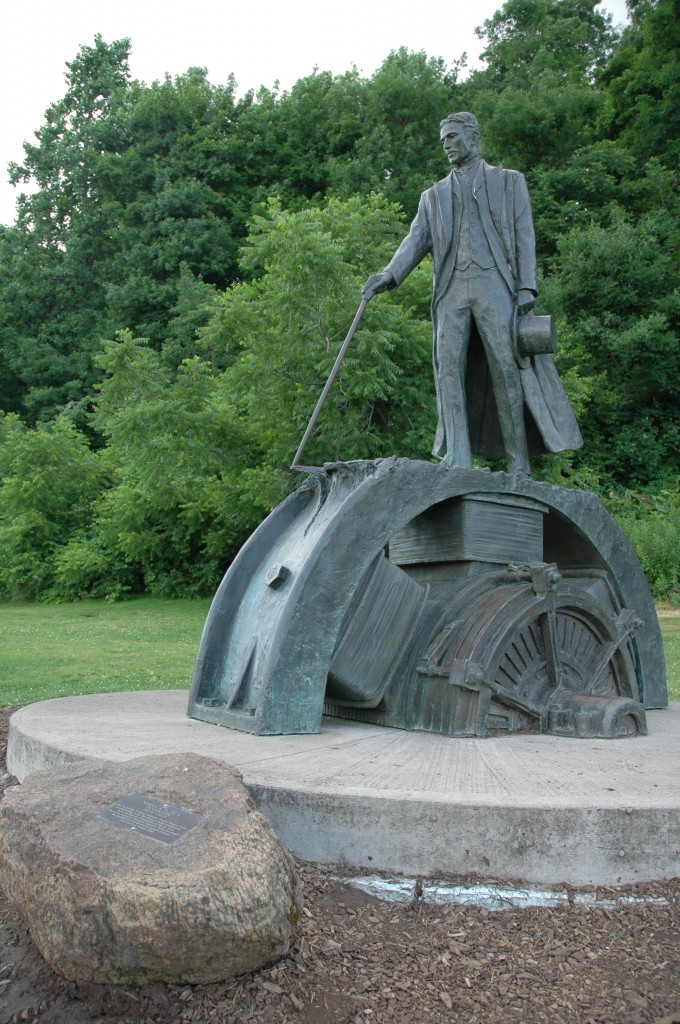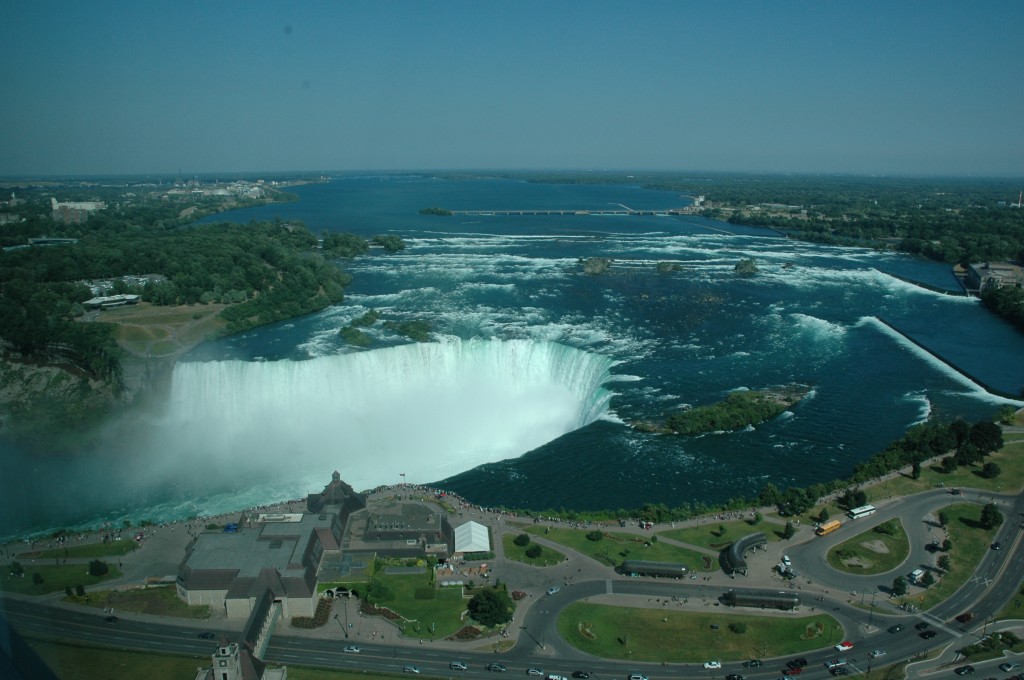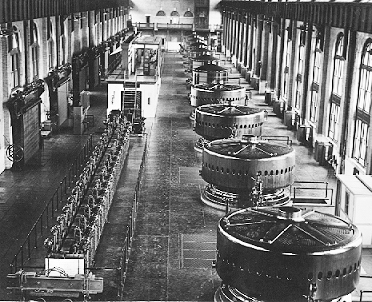Niagara Falls. For decades it has been a favored place honeymooners, sightseers, and anyone interested in the immense beauty of nature. It was even the inspiration for a Three Stooges skit. And it’s where Nikola Tesla became famous.

In his autobiography, Tesla reminisces about the first time he heard of Niagara Falls. It was in the Normal School during his youth. Here “there were a few mechanical models which interested me and turned my attention to water turbines.” After hearing a description of the great Niagara Falls, Tesla “pictured in my imagination a big wheel run by the Falls.” He proclaimed to his uncle that one day he would “go to America and carry out this scheme.”

Tesla now had that opportunity. After their successful collaboration at the Chicago World’s Fair, George Westinghouse set his sights on using the Tesla system to harness Niagara Falls for electricity generation. Up to this point the only use of the falls had been to build small canals to provide hydropower for mills and a tannery. But many saw the opportunity of channeling the awesome power of the falls to generate electricity. A former Edison board member, Edward Dean Adams, was picked to lead the newly formed Cataract Construction Company and determine the best way to obtain and then distribute electricity from the falls. Despite Thomas Edison’s assertions that he could transmit electricity as far as Buffalo, direct current systems were limited to running the machinery of local mills and lighting up some of the local village streets. The limitations of direct current were far too restrictive for any significant distribution.
Tesla’s alternating current system was just the answer the Cataract Construction Company was looking for, although they did not know that in the beginning. Adams first headed off to Europe where others were working to exploit alternating current for lighting and power generation. Eventually the Cataract Construction Company offered a contest of sorts, with cash prizes totaling $20,000 for the best plan for harnessing the falls. With more than a few parties claiming the rights to various parts of the alternating current system, there was backstabbing and counter claims and more than a little industrial theft of ideas. But in the end it was Tesla’s patents that won the day. The Westinghouse Company was chosen to provide the powerhouse and alternating current system, while the General Electric Company was awarded construction of the transmission lines.

Westinghouse, relying on a dozen Tesla patents, completed the powerhouse in 1895. Its enormous polyphase generator could produce an unprecedented 15,000 horsepower. Within the next year General Electric completed the transmission and distribution system and sufficient electricity to power industries “through the Falls and Buffalo areas.” Westinghouse went on to add another seven generating units, raising the power output to 50,000 horsepower. Tesla’s patented alternating current system was to change the lives of all Americans as the Niagara project showed investors that alternating current could transmit power over long distances.
David J. Kent has been a scientist for thirty-five years, is an avid science traveler, and an independent Abraham Lincoln historian. He is the author of Tesla: The Wizard of Electricity (now in its 5th printing) and two e-books: Nikola Tesla: Renewable Energy Ahead of Its Time and Abraham Lincoln and Nikola Tesla: Connected by Fate. His book on Thomas Edison is due in Barnes and Noble stores in spring 2016.
Follow me by subscribing by email on the home page. And feel free to “Like” my Facebook author’s page and connect on LinkedIn. Share with your friends using the buttons below.











Pingback: It’s Tesla Time – Events for Nikola Tesla’s Birthday | Science Traveler
Very helpful blog! Niagara Fall is really really awesome.